LVMH Moët Hennessy Louis Vuitton, the preeminent global luxury goods conglomerate, disclosed a revenue of €20.7 billion for the initial quarter of 2024, achieving an organic growth rate of 3%.
Despite the ongoing geopolitical and global economic challenges, LVMH demonstrated a robust commencement to the year 2024. The financial performance witnessed growth in both Europe and the United States, measured on a constant currency and consolidation scope basis throughout the period. Additionally, Japan experienced a double-digit revenue increase, while other regions in Asia benefitted significantly from heightened expenditures by Chinese consumers in Europe and Japan.
Founded in 1987, LVMH originated from the amalgamation of Louis Vuitton, an esteemed fashion house established in 1854, and Moët Hennessy. The latter emerged from the 1971 union of Moët & Chandon, a revered champagne producer with origins tracing back to 1743, and Hennessy, a distinguished cognac producer founded in 1765.
Who is Bernard Arnault?
Bernard Arnault, the Chairman and CEO of LVMH, is a French businessman, investor, and art collector. He embarked on his entrepreneurial career outside the traditional sectors of luxury and fashion.
Upon earning his engineering degree in 1971, Arnault joined Ferret-Savinel, his father’s civil engineering company. His early tenure was marked by a keen interest in innovation, which he leveraged to advocate successfully for the company’s strategic redirection toward real estate. This pivotal shift culminated in the company being rebranded as Ferinel in 1974. Arnault ascended to the role of CEO in 1977, and by 1978, he had taken on the additional responsibilities of Chairman.
These initial forays into construction and real estate laid the financial groundwork necessary for Arnault’s subsequent ventures into the fashion and luxury domains. His entry into this new arena was notably highlighted by his acquisition of the esteemed ‘House of Dior’ in the following years.

Why did Bernard Arnault choose Dior? The decision to focus on the esteemed fashion house, the House of Dior, reportedly stemmed from an intriguing exchange. As per various media sources, during a conversation in New York, Mr. Arnault inquired of a taxi driver if he recognized the French President at the time, Georges Pompidou. Although the driver was unfamiliar with President Pompidou, he did express recognition of France’s prestigious House of Dior.
Since its inception in the 1940s, Christian Dior’s designs have received global recognition, elevating his namesake fashion house to international prominence. Originally owned by French industrialist Marcel Boussac, the couture house was a key asset within his broader business empire. While Dior continued to thrive, financial difficulties besieged Boussac’s conglomerate, ultimately leading to the brink of bankruptcy in the late 1970s.
The Story of LVMH

In 1978, a publication by The Washington Post detailed a critical development when a court in Paris authorized the transaction of the Boussac group, which included Dior, to the Willot brothers. This deal led to the establishment of the Agache-Willot Group, initiated by four brothers, and solidified the acquisition with an impressive sum of $175 million, reaching its completion in 1980.
However, the trajectory of the Boussac division within the Agache-Willot Group soon experienced a decline, with the exception of Dior, which continued to thrive as a profitable entity. This division, vital to the corporation’s financial health, required an infusion of external capital amounting to $70 million.
A 1981 article from The New York Times highlighted the economic challenges faced by the Agache-Willot Group, a significant textile and retail conglomerate that employed about 20,000 individuals in France, encompassing prestigious brands such as Christian Dior and the beleaguered Korvettes chain in the United States.
A strategic initiative by Arnault marked a significant shift, as he pooled $15 million from his company with $45 million from the financiers at Lazard Frères to secure ownership of Financière Agache from the Willot brothers. This critical acquisition signaled Arnault’s ascent in the fashion industry.
Using Financière Agache as a platform, Arnault broadened his scope by acquiring Boussac Saint-Frères and Dior, purchasing the latter for a nominal one franc in 1984. His strategy to revitalize these businesses included significant workforce reductions, with 9,000 employees being let go, and the sale of most Boussac assets, retaining only Dior and Le Bon Marché department stores. These rigorous actions earned Arnault the nickname ‘The Terminator.’
In 1988, Bernard Arnault received an invitation from LVMH’s chairman, Henri Racamier, to invest in the company, following Racamier’s adept management of Louis Vuitton, which led to its merger with Moet-Hennessy in 1987, thus creating LVMH and averting potential hostile takeovers.
Subsequent internal conflicts emerged within LVMH, initially between Racamier and Alain Chevalier, and later between Arnault and Racamier. Arnault, utilizing his astute business strategies, collaborated with Guinness in a strategic move, as documented by The New York Times in 1988. This partnership, supported by significant funding, granted Arnault substantial control over LVMH’s shares.
By 1990, armed with this control, Arnault orchestrated Racamier’s exit from LVMH, taking on the roles of Chairman and CEO.
Following this, Arnault led LVMH through an ambitious series of acquisitions worth over $43.6 billion across diverse sectors, including fashion, technology, media, and spirits.
Today, LVMH is recognized as the largest luxury conglomerate globally, with a market capitalization approaching $500 billion. Under Arnault’s direction, LVMH continues to reinvest in its illustrious brands, notably Louis Vuitton and Dior, while maintaining lavish retail locations and recruiting leading designers and celebrities to guide its prestigious labels. “The family-run group strives to ensure the long-term development of each of its 75 Houses in keeping their identity, their heritage and their expertise.”
Bernard Arnault, despite being 74 years old and overseeing extensive business interests, has not indicated any intentions of relinquishing control.
As Arnault navigates the complexities of his vast empire, the question of his succession remains prevalent.
He is a father to five children across two marriages—one daughter and four sons—all actively involved in the family business. In July 2022, Forbes reported that Arnault suggested each of his five children should receive equal shares in Agache, raising questions about the future leadership of LVMH.
Speculation about his successor continues, particularly influenced by his profound affection for Dior. Some experts believe that his only daughter, Delphine Arnault, aged 48, is poised to lead LVMH, following her appointment as the chairman and CEO of Dior in February of the previous year.
His son Antoine, 46, holds significant positions as the CEO of Berluti, chairman of Loro Piana, and head of communications and image at LVMH, positioning him as a strong candidate for the top role at LVMH. His second son, Alexandre, 31, serves as the Executive Vice President of Product and Communications at Tiffany & Co. Frédéric, aged 28, is the CEO of TAG Heuer, while the youngest, Jean, 25, oversees Marketing and Development for Watches at Louis Vuitton or LV.
As of April 2024, Bernard Arnault is recognized by Forbes as the wealthiest individual globally, with a net worth estimated at $233 billion. Experts, as highlighted in Bloomberg News, have consistently described LVMH as resilient to economic fluctuations, attributing to it a “recession-proof” quality and a portfolio of products that appreciably increase in value over time.
Bernard Arnault, at the forefront of LVMH, holds the title of the world’s richest person, per the Forbes real-time billionaires index. His strategic acumen is evident in his approach to acquisitions, focusing on the longevity of companies rather than immediate popularity, as noted by Anish Melwani, LVMH’s chairman and CEO for North America – CNBC dated May 18, 2023. He seeks brands with potential to endure and thrive for a century or more.
Fill out your Lifestyle Profile now on Jestafreak.com to join LVMH exclusive communities and unlock interesting insights about brands and consumer behavior.
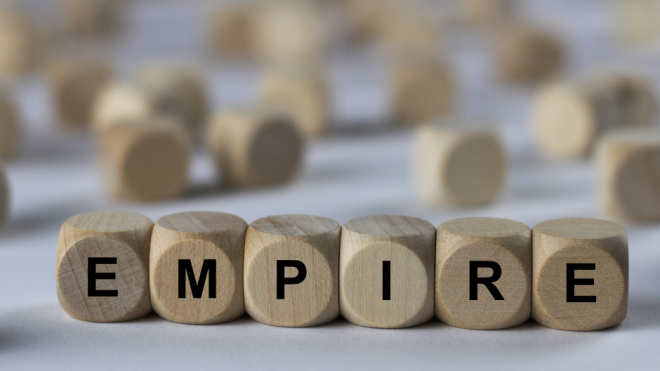
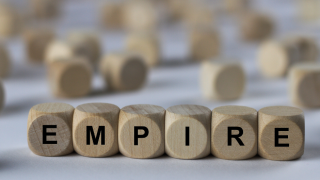

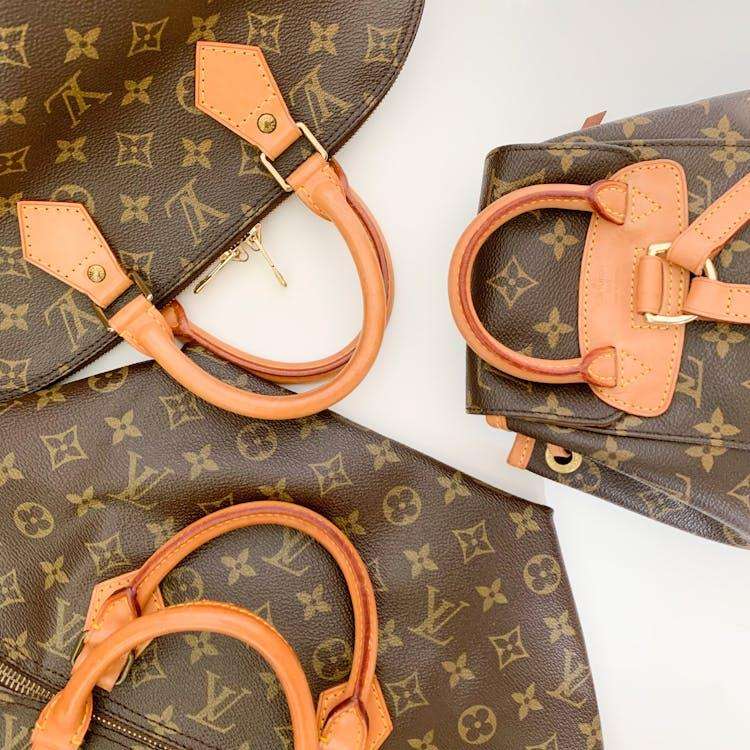
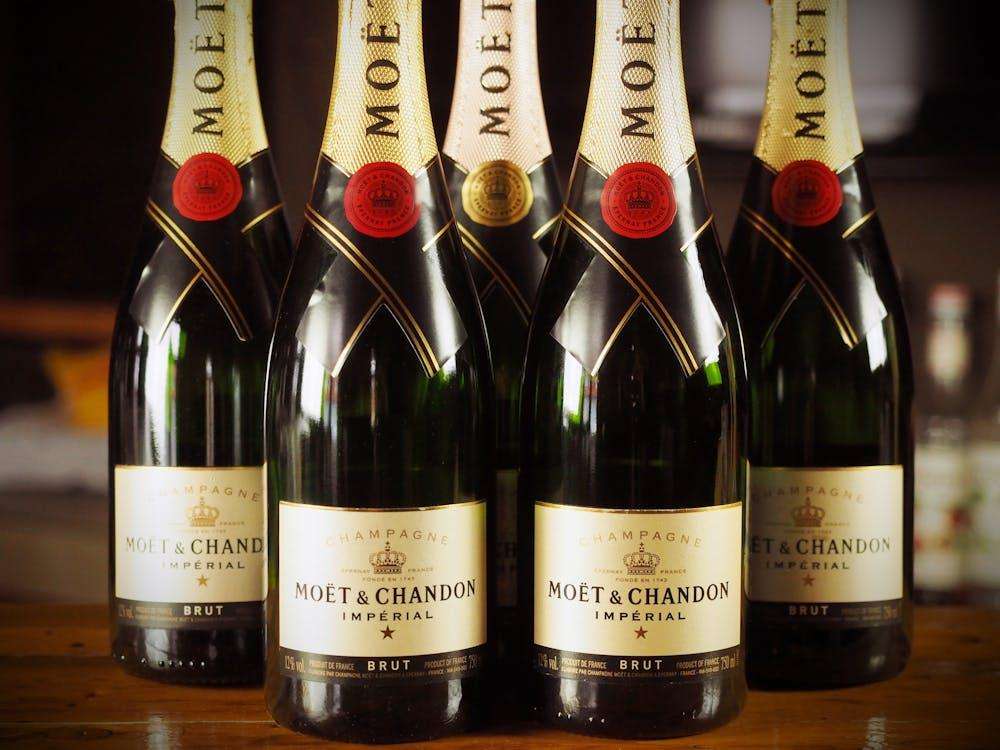

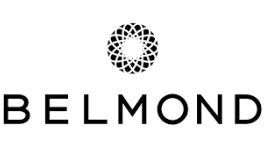
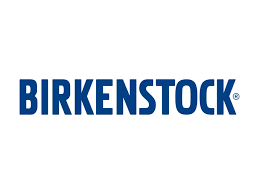

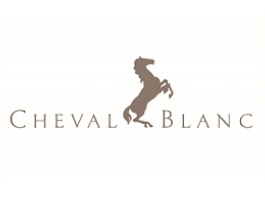

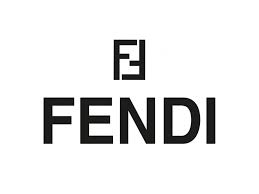
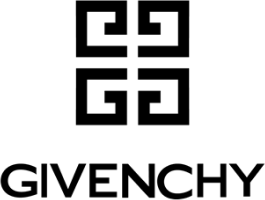
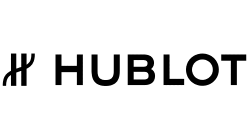

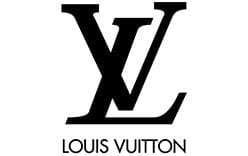
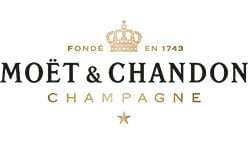







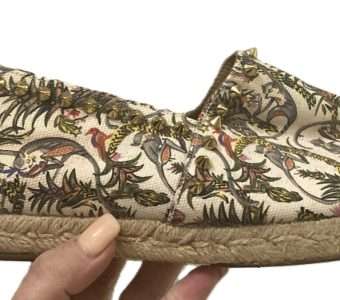




Thank you for the article. Very informative. I have filled my profile. Please advise what to do next.
Thank you for the message @LillyR.3A. Please check your mail. You have received an email from admin@Jestafreak.com on how to proceed. Enjoy!